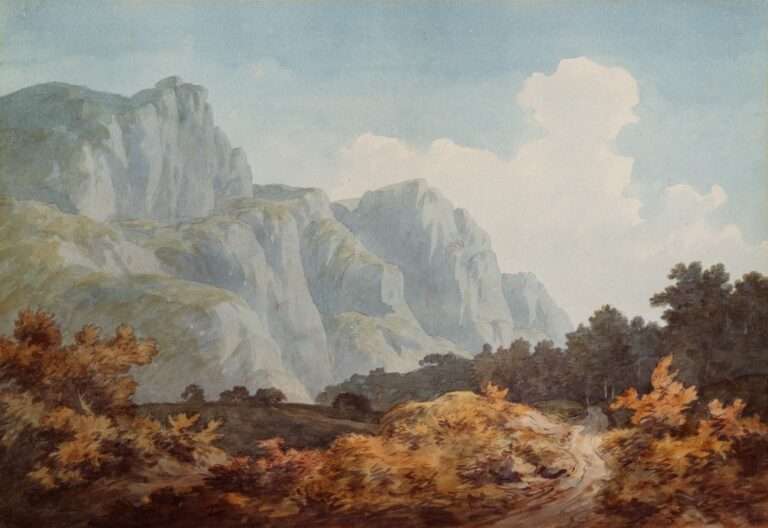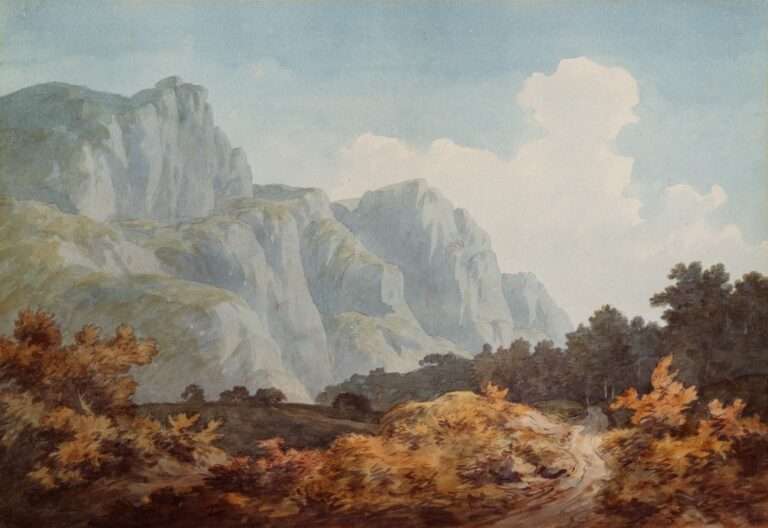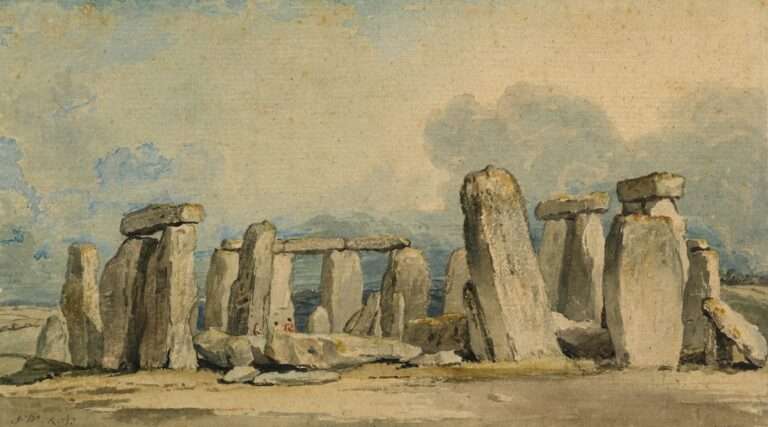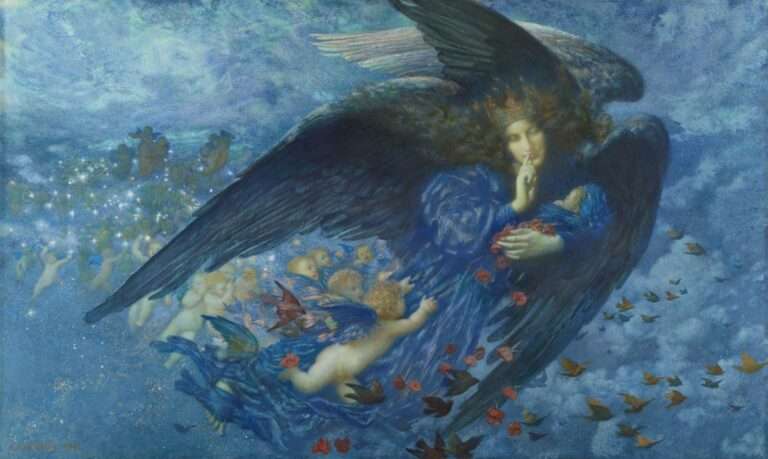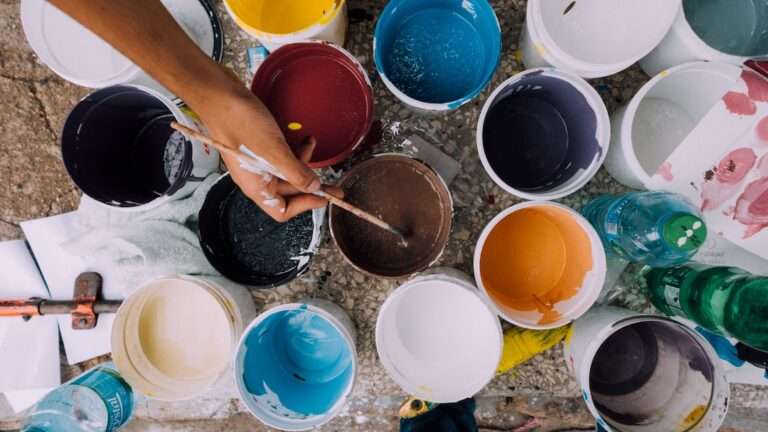Japanese Art: Exploring Symbolism in Traditional Masterpieces
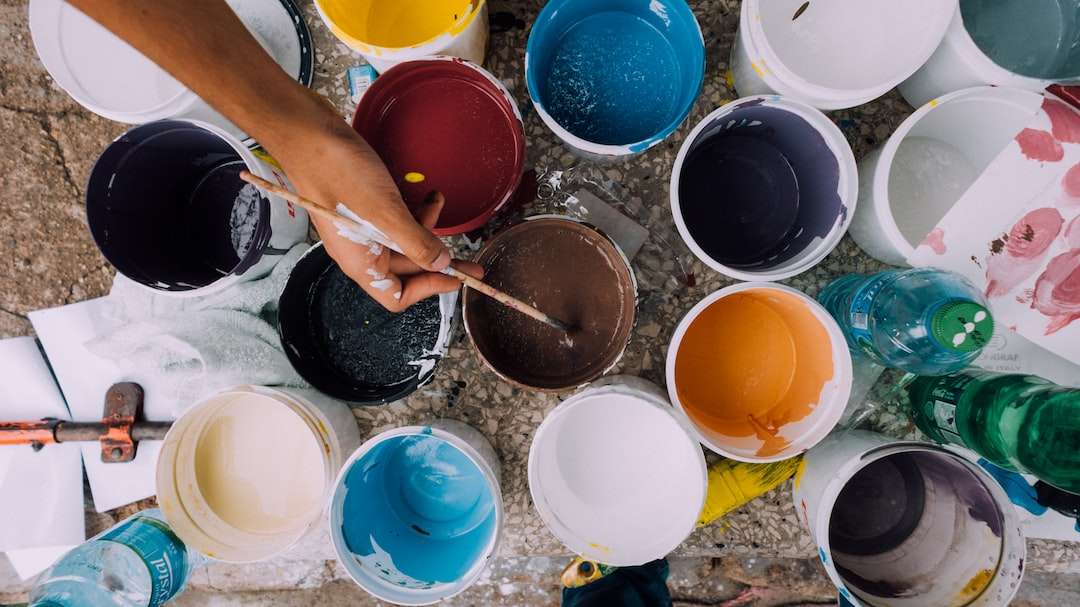
Japanese art has a rich and diverse history that spans thousands of years. From traditional forms such as calligraphy and woodblock prints to contemporary works that fuse tradition with modernity, Japanese art offers a unique perspective on the world. Understanding Japanese art is not only important for appreciating its beauty, but also for gaining insight into the culture, history, and values of the Japanese people.
Symbolism in Japanese Art
Symbolism plays a significant role in Japanese art, with many elements carrying deep meanings and cultural significance. For example, the cherry blossom is a widely recognized symbol of beauty and the transient nature of life in Japanese art. The crane represents longevity and good fortune, while the dragon symbolizes power and wisdom. These symbols are often used in various art forms, including paintings, ceramics, and textiles.
The Role of Nature in Japanese Art
Nature has always held a special place in Japanese art, reflecting the deep connection between the Japanese people and their natural surroundings. From serene landscapes to delicate flower arrangements, nature is depicted in various forms in Japanese art. The cherry blossom, for instance, represents the ephemeral beauty of life, while the pine tree symbolizes longevity and resilience. By depicting nature in their art, the Japanese seek to capture its essence and convey a sense of harmony and tranquility.
The Importance of Color in Japanese Art
Color plays a crucial role in Japanese art, with each hue carrying its own symbolic meaning. Red is associated with energy and vitality, while white represents purity and innocence. Black is often used to convey strength and mystery, while gold signifies wealth and prosperity. By using color strategically, artists are able to evoke certain emotions and convey deeper meanings in their works.
Mythology and Religion in Japanese Art
Mythology and religion have long been sources of inspiration for Japanese artists. From ancient folklore to Buddhist teachings, these elements are often depicted in various art forms. For example, the mythical creature known as the Kitsune, or fox, is a common motif in Japanese art and is believed to possess magical powers. Buddhist deities and figures from Japanese folklore are also frequently depicted in paintings and sculptures.
The Art of Calligraphy in Japan

Calligraphy is considered one of the highest forms of art in Japan and holds a special place in Japanese culture. It is not just a means of communication, but also a form of self-expression and meditation. The strokes and characters used in calligraphy are carefully chosen to convey a specific meaning or emotion. From ancient scrolls to modern works, calligraphy continues to be an integral part of Japanese art.
Japanese Woodblock Prints
Japanese woodblock prints, also known as ukiyo-e, were popular during the Edo period (1603-1868) and continue to be highly regarded today. These prints depict various aspects of everyday life, including landscapes, portraits, and scenes from literature and theater. They played a significant role in shaping the development of Western art, with artists such as Vincent van Gogh and Claude Monet being influenced by their bold compositions and use of color.
Samurai and Warrior Culture in Japanese Art
Samurai and warrior culture have long been a prominent theme in Japanese art. Depictions of samurai warriors, battle scenes, and armor are common motifs in paintings, sculptures, and even tattoos. These artworks often convey the values of loyalty, honor, and bravery that were central to samurai culture. The samurai symbolizes not only physical strength but also spiritual discipline and moral integrity.
The Influence of Zen Buddhism on Japanese Art
Zen Buddhism has had a profound impact on Japanese art, particularly in the realms of painting, calligraphy, and garden design. Zen teachings emphasize the importance of mindfulness and living in the present moment, which is reflected in the simplicity and minimalism of Zen-inspired art. The use of empty space, asymmetry, and natural materials are all characteristic of Zen aesthetics.
Contemporary Japanese Art
Contemporary Japanese art is a fusion of tradition and modernity, blending traditional techniques and themes with contemporary ideas and materials. Artists such as Yayoi Kusama and Takashi Murakami have gained international recognition for their innovative and thought-provoking works. From installations to digital art, contemporary Japanese artists continue to push the boundaries of artistic expression.
Understanding Japanese art is not only important for appreciating its beauty, but also for gaining insight into the culture, history, and values of the Japanese people. From symbolism and nature to color and mythology, Japanese art offers a unique perspective on the world. By exploring and appreciating Japanese art, we can deepen our understanding of this rich and diverse culture. So next time you come across a piece of Japanese art, take a moment to pause, reflect, and appreciate the beauty and meaning behind it.
If you’re interested in exploring the symbolism of Japanese art, you may find the article on “What Does the Moon Symbolize?” from Symbolism Hub intriguing. This article delves into the significance of the moon in various cultures and belief systems, including its representation in Japanese art. From its association with femininity and emotions to its role as a symbol of enlightenment and spiritual growth, the moon holds great importance in Japanese artistic expression. To learn more about this captivating topic, check out the article here.
FAQs
What is Japanese art symbolism?
Japanese art symbolism refers to the use of various symbols and motifs in traditional Japanese art to convey specific meanings and messages.
What are some common symbols used in Japanese art?
Some common symbols used in Japanese art include cherry blossoms, dragons, koi fish, cranes, lotus flowers, and the sun.
What do cherry blossoms symbolize in Japanese art?
Cherry blossoms are a symbol of the transience of life and the beauty of nature. They are often used to represent the fleeting nature of youth and the impermanence of all things.
What does the dragon symbolize in Japanese art?
The dragon is a symbol of power, strength, and good luck in Japanese art. It is often depicted as a fierce and majestic creature with scales and sharp claws.
What does the koi fish symbolize in Japanese art?
The koi fish is a symbol of perseverance, determination, and good fortune in Japanese art. It is often depicted swimming upstream, representing the struggle to overcome obstacles and achieve success.
What does the crane symbolize in Japanese art?
The crane is a symbol of longevity, good fortune, and happiness in Japanese art. It is often depicted with its wings outstretched, representing a wish for peace and prosperity.
What does the lotus flower symbolize in Japanese art?
The lotus flower is a symbol of purity, enlightenment, and rebirth in Japanese art. It is often depicted as a beautiful flower emerging from muddy waters, representing the journey from darkness to light.
What does the sun symbolize in Japanese art?
The sun is a symbol of life, energy, and power in Japanese art. It is often depicted as a bright, shining orb with rays emanating from it, representing the life-giving force of the universe.
